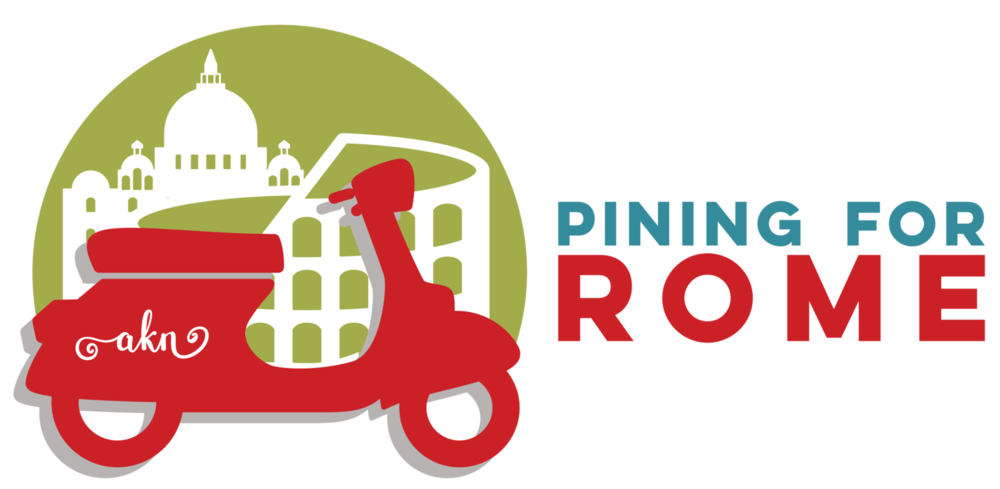Michelangelo’s Death
“ By January 1564, Michelangelo was dictating his letters because “my hand no longer serves me.” Yet he was still sculpting. He willed his soul to God, his body to the earth, and his possessions to his relatives in a last testament of just three sentences. On February 12, while working on the Rondanini Pietà, he became feverish. He spent hours burning piles of sketches and drawings. Even in his final days, Michelangelo was conscious of his reputation and did not want to leave behind anything he did not deem perfect or worthy.
On February 15, he sent for Lionardo. His friends gathered. Daniele da Volterra and Tommaso de’ Cavalieri were among the loyal attendants who read to Michelangelo and retold, at his request, the story of Christ’s crucifixion over and over again. Michelangelo lay by the fire, and eventually moved to his bed. He turned to Volterra at one point and pleaded, “O Daniele, I am done for; I am in your keeping. Do not abandon me.” Not only did Volterra stay by Michelangelo’s side to the end, but he assumed his friend’s mantle after his passing, taking on the responsibility of painting clothes and drapes on many of the nudes in The Last Judgment. (His own paintings were often done from Michelangelo’s sketches and pay homage to his teacher and friend.)
On February 18, 1564, Michelangelo’s doctor wrote to Duke Cosimo in Florence, saying, “This afternoon that most excellent and true miracle of nature, Messer Michelangelo Buonarroti passed from this to a better life.”
Rome grieved deeply when Michelangelo died. His body was moved to the church of Santi Apostoli, adjacent to Palazzo Colonna and a few blocks from his home. The very public funeral was “attended by the entire artistic profession, as well as all his friends.” Vasari recounts that “Michelangelo was buried in a tomb in the church of the Santi Apostoli in the presence of all of Rome, while His Holiness planned to erect a special memorial and a tomb in Saint Peter’s itself.” Michelangelo had expressed his desire to be buried in Florence, however, not in Rome. His friends knew, though, that the Romans would not let him go easily. So, unlike the public fanfare accompanying his interment in the church of Santi Apostoli, his body was moved to Florence two weeks later in secrecy, “shipped like merchandise in a bale . . . so that in Rome there would be no chance of creating an uproar.” Florence welcomed her native son, and again Michelangelo’s life was celebrated in elaborate style, this time in the church of Santa Croce. The Florentine Fine Arts Academicians posthumously elected Michelangelo “prime academic”—“head, father and master of everyone.” ”
Michelangelo died just shy of his 89th birthday. He died in 1564 -- the same year Galileo and Shakespeare were born.
Michelangelo’s tomb at Santa Croce in Florence, his home church
The Florentine Pieta, one of the last sculptures Michelangelo worked on as an elderly man




